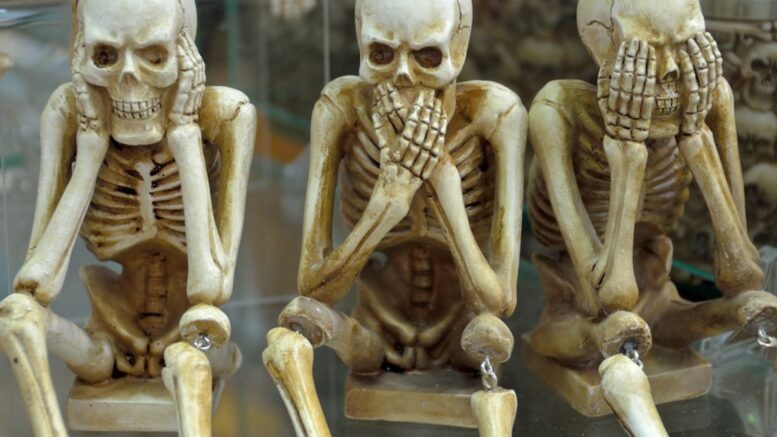A disorder that causes the weakening of the bones, osteoporosis affects millions of individuals worldwide, particularly in elderly age. Osteoporosis, also known as the “silent disease,” can go unnoticed until a bone fracture occurs. There are, nonetheless, some subtle indicators that you could be in danger. Early detection of these symptoms can result in prompt action and condition management. Let’s examine five telltale indicators that you can have osteoporosis.
1. Loss of Height and Changes in Posture
Gradual height loss and postural alterations are among the early indicators of osteoporosis. People who have weakening bones, especially in the spine, can suffer from compression fractures, which result in a minor collapse of the vertebrae. This can lead to kyphosis, another name for the bent or slumped position known as “dowager’s hump.” You could observe that you can no longer stand as tall as you once could or that your clothes fit you differently. You could also feel discomfort or soreness in your back, especially in the middle to lower back. Even while these modifications can not appear noticeable at first, they have the potential to worsen with time, increasing the risk of fractures and causing more noticeable postural abnormalities.
2. Increased Fracture Risk
Fractures are far more likely in cases of osteoporosis, especially in the wrist, hip, and spine. Although traumatic occurrences like falls can cause fractures, people with osteoporosis are more susceptible to fractures from even seemingly little bumps or daily activities. It can indicate underlying bone density loss if you find yourself breaking more easily, particularly in regions where osteoporotic fractures are common. Utilizing a naturally essential diagnostic tool like a bone density DEXA scan can provide insight into potential risk factors for fractures. Osteoporosis-related fractures can happen with little effort or impact and can cause excruciating pain, edema, or deformity. Wrist, hip, and spinal compression fractures are among the common osteoporotic fractures.
3. Decreased Grip Strength and Muscle Weakness
Moreover, osteoporosis can impair muscular function and strength, resulting in weakened muscles generally and a reduction in grip strength. Muscles can weaken to compensate for a reduction in bone density, making it harder to do daily activities like lifting things, opening jars, and climbing stairs. You could observe that once-easy tasks now take more work or that you’re more prone to muscular tiredness. You could also lose your balance or coordination, which raises the possibility of fractures and falls.
4. Receding Gums and Tooth Loss
In addition to affecting the skeleton’s bones, osteoporosis can also damage the teeth’s supporting tissues, which can result in dental problems, including receding gums and tooth loss. The supporting tissues around the teeth deteriorate when jawbone density declines, increasing the risk of gum disease, periodontal issues, and tooth loss. It’s crucial to maintain proper oral hygiene habits, which include regular cleanings and exams, to avoid dental problems brought on by osteoporosis. Your dentist can advise you on how to take care of your teeth properly and suggest treatments to help keep them healthy.
5. Changes in Nail Health
A change in nail health, such as brittle or breakable nails, can also be a sign of osteoporosis or other underlying problems with the health of the bones. Changes in the mineral content and absorption of nutrients can impact the strength and condition of nails as bones deteriorate, making them more fragile and brittle. Even while changes in nail health on their own can not always be a sign of osteoporosis, when they are paired with other symptoms or risk factors, they could call for a medical practitioner to look into them further. Reducing the risk of issues connected to osteoporosis and supporting general bone and nail health can be achieved by eating a balanced diet high in key minerals, such as calcium and vitamin D.
Conclusion
Early detection of osteoporosis symptoms is essential for prompt diagnosis and treatment of the ailment. Seeking medical advice from a specialist is crucial for osteoporosis examination and proper therapies, especially if you exhibit any of these symptoms or have other risk factors for the illness, such as a family history of the condition or specific medical disorders. You can lower your chance of fractures and preserve your general well-being as you age by adopting proactive measures to preserve the health of your bones.
